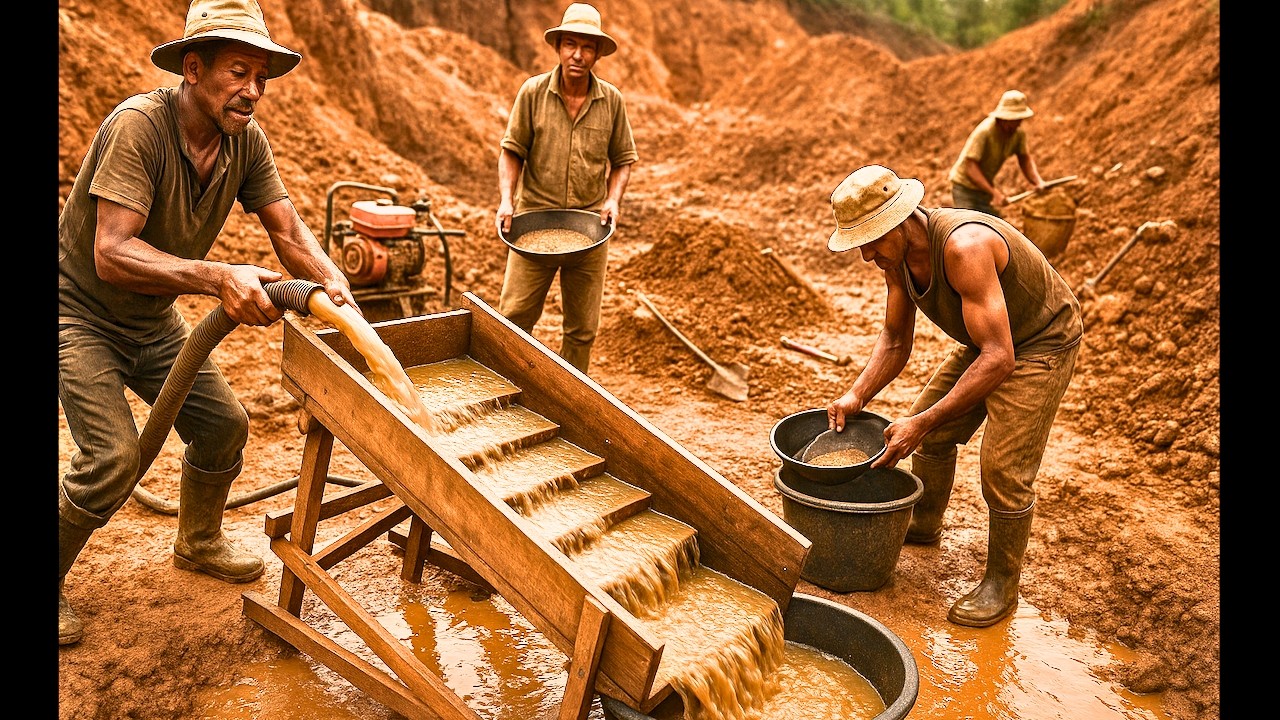(Mike Maharrey, Money Metals News Service) As central banks scramble to increase their gold reserves, many are turning to domestic mine production to save money, support local industry, and expand their reserves.
Central banks have increased their gold holdings by over 1,000 tonnes for three straight years. To put that into context, central bank gold reserves increased by an average of just 473 tonnes annually between 2010 and 2021.
Last year was the third-largest expansion of central bank gold reserves on record, coming in just 6.2 tonnes lower than in 2023 and 91 tonnes lower than the all-time high set in 2022. (1,136 tonnes). 2022 was the highest level of net purchases on record, dating back to 1950, including since the suspension of dollar convertibility into gold in 1971.
Central banks typically buy gold through the global over-the-counter market. However, some banks are obtaining gold directly from domestic mines, bypassing the international market.
World Gold Council Head of Central Banks Shaokai Fan noted this trend.
“Some central banks, especially in Africa, Latin America, are starting to buy gold directly from domestic, small-scale gold mines, which have really proliferated because of the higher price.”
Central banks buying gold from local production include Colombia, Tanzania, Zambia, Mongolia, Ecuador, and the Philippines. Kazakhstan, Russia, and Uzbekistan have long used local gold to boost their reserves. Ghana recently inked deals with several in-country mining companies to buy 20 percent of their output, and last fall.
In the recent World Gold Council Central Bank Survey, 19 central banks indicated they bought gold from local artisanal and small-scale miners using domestic currency. That was up from 14 in the previous survey.
Many of the mines supplying central banks are small operations.
Buying domestically mined gold saves money as local miners typically sell to their central banks at a slight discount. In some cases, these deals are voluntary, as small mine operators are happy to have a reliable, steady customer. However, miners are often obligated to sell gold to their country’s central bank on the cheap.
For instance, last fall, the Tanzanian government mandated that all gold exporters, miners, and traders set aside at least 20 percent of their output to sell to the central bank.
On the other side of the coin, Fan said central bank buying can give small miners a boost.
“Central banks can harness their massive buying power to do good for these artisanal, small-scale miners. Having a credible, large-scale buyer like the central bank gives small-scale miners a legal and fair outlet to sell their gold.”
From a government perspective, the buying scheme makes it easier for them to bring these small mine operators under their regulatory control. In many cases, small mines operate in remote areas with little oversight. In some cases, they are run by criminal enterprises. Fan said that central bank buying “not only diverts flows away from criminal networks but also improves traceability and accountability.”
Buying local gold offers central banks additional savings by eliminating shipping costs and banking fees.
However, obtaining gold from local mines can come with some additional costs. To serve as a reserve asset, gold must meet London Good Delivery (LGD) purity standards. If a country doesn’t have domestic LGD refining capacity, gold must be shipped overseas for refining.
Some countries, including the Philippines and Kazakhstan, have LGD-certified refiners.
Buying local offers central banks another advantage. They can avoid spending dollars.
All central banks hold dollars, given that they are the world’s reserve currency. It’s difficult for some countries to expand total reserves if they must spend dollars to buy gold. In effect, they are trading one reserve asset for another. Buying locally in the national currency eliminates this problem.
“You’re able to grow your reserves using local currency and therefore not sacrifice another reserve asset to grow your gold reserves,” Fan said.
Mike Maharrey is a journalist and market analyst for Money Metals with over a decade of experience in precious metals. He holds a BS in accounting from the University of Kentucky and a BA in journalism from the University of South Florida.

